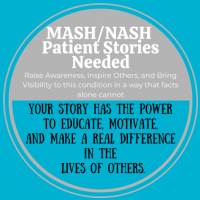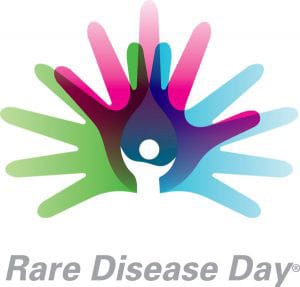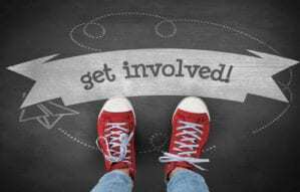According to a publication from Stat, researchers from the University of Michigan-led Genes for Good program have recruited over 20,000 Americans through its smartphone app. Participants complete questionnaires on the app, and submit a spit kit via mail. The researchers’ findings shed additional light on the general public’s health.
Years in the Making
Genes for Good first started making rounds in the news four years ago. The central idea behind the study is simple — use the networking potential of social media to study as many participants as possible.
To meet that end, the team turned to Facebook. As the largest social media company in the world, Facebook provided a huge user base with existing login credentials. Officially, none of the data collected using the Genes for Good program goes to Facebook — the username and password system simply provides a convenient way of recruiting. However, privacy concerns at Facebook continue to niggle potential users.
Over 20,000 participants and four years later, the Genes for Good team is reporting some of what it’s learned so far.
Questionnaires and Spit Kits
The study is conducted in a two-pronged approach. Once participants log onto the Genes for Good app, they can use it to fill out survey questions that track daily health patterns. Not long after joining, participants receive spit kits in the mail to send back to the Genes for Good team.
Once the researchers collect saliva, they sequence the genetic information it contains and compare it against the individual’s survey responses.
Genes for Good found that their participants, who came from all fifty states, reflected wider health trends that had been established in earlier studies. The correlation between participants’ body mass index and type 2 diabetes was found to be “consistent with national trends.” Genotypic links to hair and eye color were also consistent with past inquiries.
Advantages of the Model
The immediate advantage of the Genes for Good model is the ability to reach a much more diverse and equally-distributed cross section of a given population. Most conventionally-conducted studies recruit individuals from a certain localized area. Multi-center studies mitigate some of the skewed data that can result from such a focused approach, but even these tend to recruit individuals mostly from large cities that may not be representative of a country as a whole.
Respondents from all 50 states have participated in Genes for Good already, and more may follow. Genes for Good hopes to attract investors to build up its service — Gonçalo Abecasis, one of the project leaders and University of Michigan researcher, believes the program could be scaled to as many as 100,000 participants.
Abecasis believes the program could become a “public biobank,” and place where researchers can ask broad questions and receive broad answers.
What do you think the main advantages to a program like Genes for Good are? What are the disadvantages? Share your thoughts with Patient Worthy!







